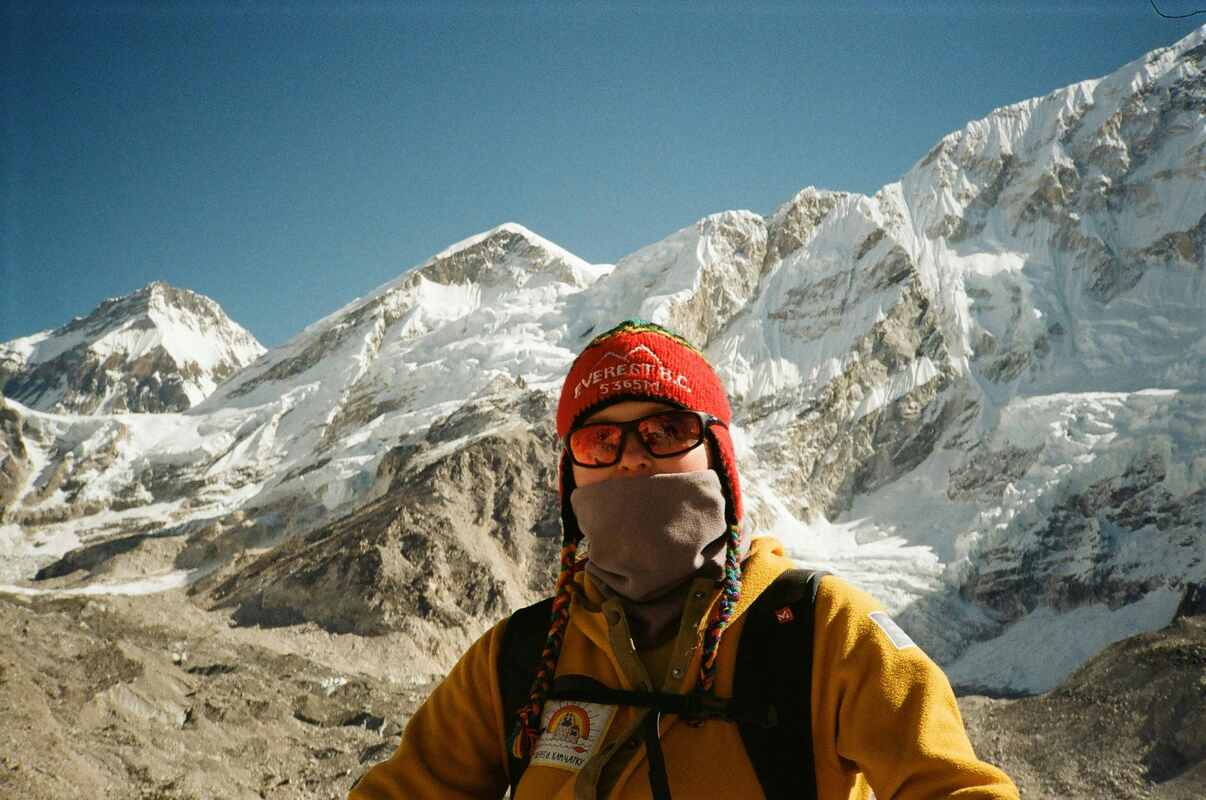Travel
Sleeping Beauty Mount Everest: Does She Exist or Not?

Mount Everest, the world’s highest peak, has long inspired adventurers, climbers, and storytellers. It speaks with stories, the most pronounced being sleeping beauty mount everest a phrase you will likely hear as you gallant through the region. But what does it mean, and how is it related to the grand mountain?
This article explores the term’s captivating backstory, its relation to Mount Everest, and why it matters in the climbing community.
How ”Sleeping Beauty” Found Its Way Onto Mount Everest
In the context of Mount Everest Sleeping Beauty is not a fairy tale but a somber admonition of the perils involved with climbing this giant mountain. It alludes to the story of Francys Arsentiev, an American climber who tried to reach the top of Everest without supplemental oxygen in 1998. Sadly, she died in the extreme conditions during her descent. Her body, peacefully resting on the mountain, earned her the nickname “Sleeping Beauty.”
But Francys’ story is a dark one that underscores the dangers of climbing at extreme altitudes. Despite her ambitious plans, she and her husband, Sergei Arsentiev, encountered extreme problems. In the process of trying to save her, Sergei also died. Their story stands as a cautionary tale of the mountain’s relentless nature.
Why Is Mount Everest So Dangerous?
Mail Online noted Mount Everest reached its highest elevation of 8,848.86 meters (29,031.7 feet) above sea level. Its extreme altitude, unpredictable weather, and rugged terrain make the mountain one of the deadliest places on the planet. Climbers encounter life-threatening conditions, including:
- The Death Zone: Above 8,000 meters, the oxygen level is so low that the human body deteriorates. Lingering too long in this value zone, however, can be deadly.
- Treacherous Weather: Sudden storms and biting cold can craft deadly scenarios for mountain climbers.
- Avalanches and Falling Ice: These hazards strike with little or no warning.
Yet despite these hazards, they flock from around the world to the mountain, many hoping to fulfill their dream of standing on the world’s roof.
The Legacy of Sleeping Beauty Mount Everest
The “Sleeping Beauty” story is a sobering reminder of those who pay the ultimate price to climb. For years, her presence on the mountain became a marker for other climbers until her body was respectfully moved in 2007. Her legacy endures, representing the indomitable human spirit and the dangers that adventurers are ready to risk for their dreams.
Mount Everest, sometimes referenced as “the roof of the world,” isn’t just a geological marker; it’s a symbol of human persistence and drive. But it is also a place that commands the most tremendous respect. The mountain’s history is laced with stories of triumph and tragedy, and one of the most wrenching is that of Francys Arsentiev.
Lessons for Aspiring Climbers
To anyone dreaming of one day summiting Everest, the saga of Sleeping Beauty serves as an admonition to:
- Get in Shape: Train hard, get the right equipment, and acclimatize.
- Rough Terrain: Respect the Mountain: Understanding the risks and making wise decisions can save lives
- Climb Responsibly: When in doubt, choose safety before ambition.
Conclusion
The term “Sleeping Beauty Mount Everest“ is an ominous reminder of the mountain’s nature. But while the peak still captivates and calls for adventure, it also commands respect and wariness. Francis Arsentiev’s story is both an inspiration and a warning, a call to climbers to balance their dreams and responsibilities.
Whether one is a seasoned mountaineer or an interested observer of the Everest spectacle, the stories of those who went before are rich with moral lessons. Allow the “Sleeping Beauty“ story to be your map and muse as you explore the wonders of the world’s highest peak.

-

 Tech9 months ago
Tech9 months agoAshen Slate Blue Nike Tech Outfit: Style, Comfort, and Performance
-

 news8 months ago
news8 months agoXNX XNX Transmitter Installation Manual A Complete Guide
-

 General9 months ago
General9 months agoWhy My Wife is Yelling at Me: Understanding the Reasons and Finding Solutions
-

 news8 months ago
news8 months agoExploring the Possibility of a Honda-Nissan Merger and Its Impact on the Automotive Industry
-

 Travel8 months ago
Travel8 months agoExploring the Majesty of Curtain Falls in BWCA
-

 Health & Beauty8 months ago
Health & Beauty8 months agoUnderstanding Jackson County Nutrition and the Mode of Nutrition for Archera
-

 Tech8 months ago
Tech8 months agoWorldwidesciencestories.com innovative tech ventures
-

 General8 months ago
General8 months agoTransform Your Bathroom with Stunning Floral Shower Curtains





